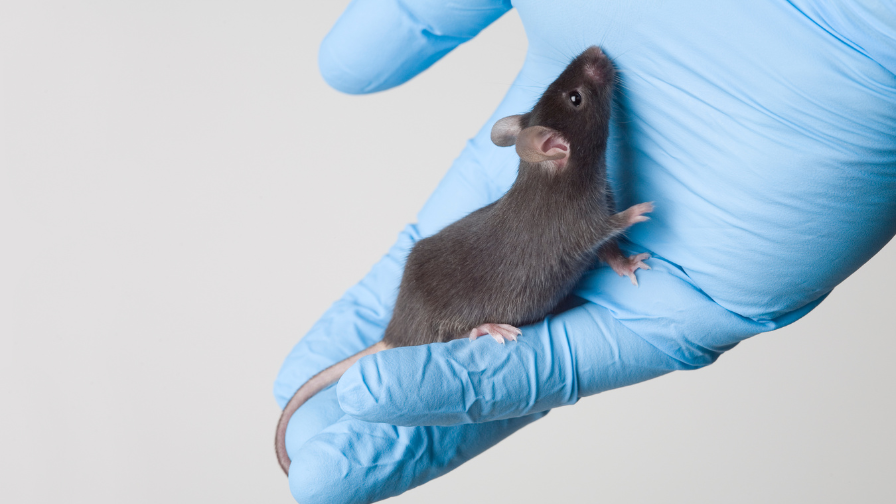EU report further reveals shocking scale of animal suffering in science
We are making a number of recommendations to improve the welfare of animals in laboratories after new stats revealed that a shocking 9.6 million animals were bred and killed in laboratories, in addition to those used in actual experiments, in the EU and Norway in 2022.

The 9.6 million includes animals that are intentionally killed for their organs and/or tissues, and animals that were bred but subsequently considered unsuitable for use in experiments or surplus to requirements. This number is in addition to the previously reported 9.3 million uses of animals in experiments in laboratories across EU member states in 2022 – meaning that a total of 18.9 million uses of animals for scientific purposes were reported.
All EU member states, plus Norway, must report every five years on the number of animals killed without being used in experiments, including the use of genetically modified animals for breeding, in line with Directive 2010/63/EU on the protection of animals used for scientific purposes.
In addition to the excessive period of time between such reports, Directive 2010/63/EU only requires that countries inspect one third of their active establishments every year, a number which is far too low to ensure animals are even being given the baseline protection required by law. Yet, even with such a low threshold, three countries failed to meet this one-third inspection target in any of the five reported years and, in 2022, nine countries fell below this requirement.
Between 2018 and 2022, an average of 15,000 scientific projects involving animals were authorised annually across the EU. Only 4.5% of projects were rejected during this period, and eight countries did not refuse any project applications in 2022.
Twenty of the 28 reporting countries reported one or more instances of non-compliance with the requirements of Directive 2010/63/EU, including the use of inappropriate enclosures, poor health and hygiene, failure to demonstrate daily health checks of animals, failure to administer pain relief, failure to provide adequate enrichment, exceeding the permitted time for housing animals on their own, and the use of stray animals without permission.
Only 12 countries reported taking legal action for non-compliance, mostly in the form of fines of varying levels, with only four reporting that legal action resulted in prosecution. In most cases, the only course of action was written warnings, follow-up checks and verbal orders for improvement.
To help the Commission meet its goal of ending the use of live animals for scientific purposes, and its commitment to create a roadmap to phase out the use of animals in chemical safety testing, more needs to be done to bring down the consistently high number of uses of animals in science.
Our recommendations to improve the protection and welfare of animals used in science include:
- Greater control and tighter restrictions for programmes which breed animals that are not then used in experiments
- A more consistent approach to dealing with cases of non-compliance
- Stronger penalties for non-compliance
- More frequent reports from all EU member states
- An increase in the minimum number of inspections a country must make
- Greater enforcement of inspection targets
